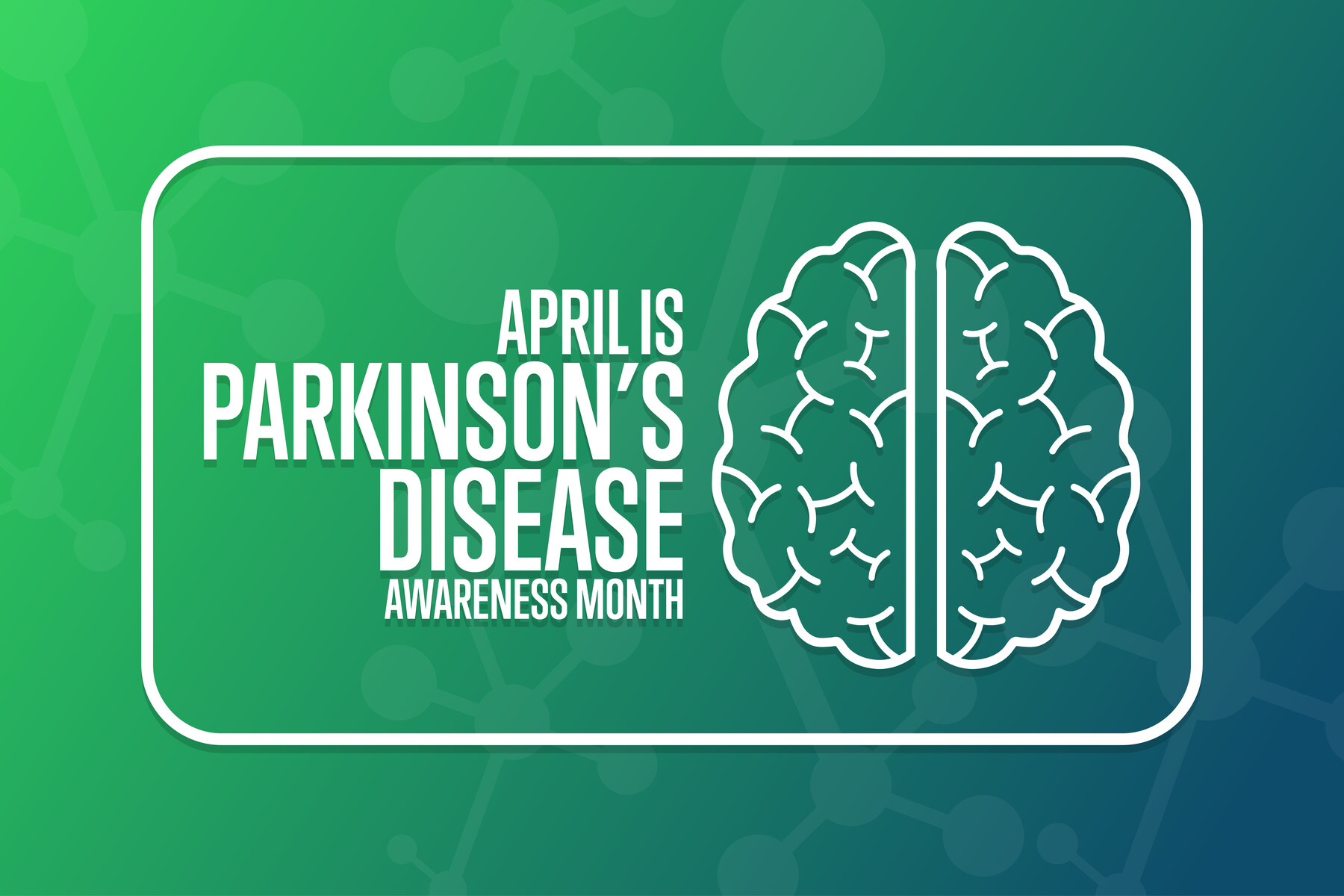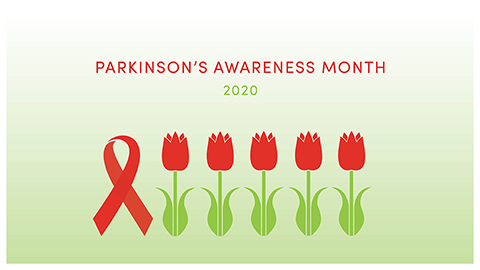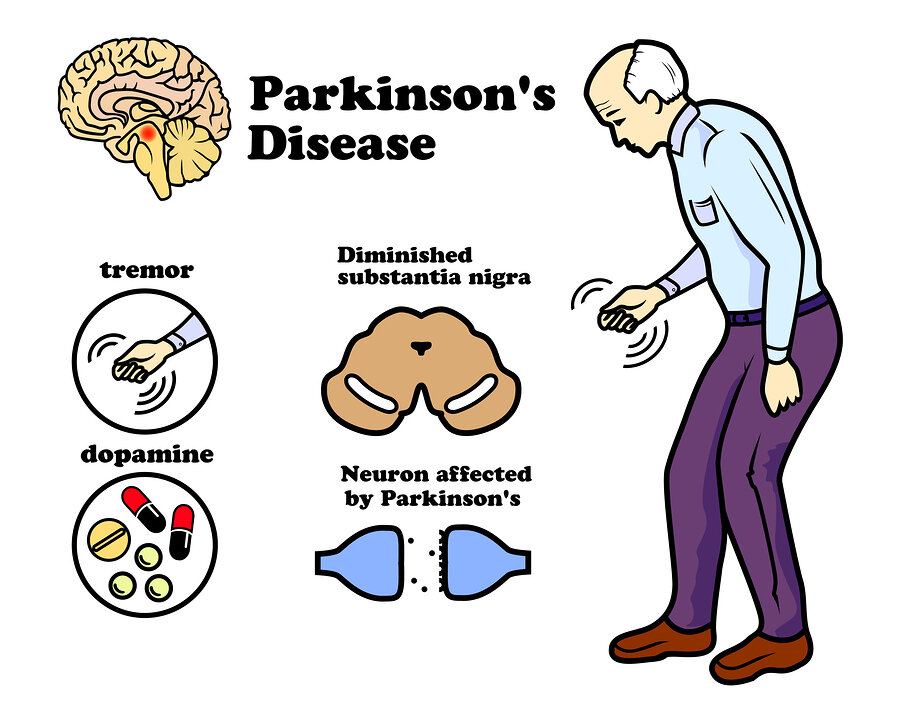What is Parkinson’s Disease?
What causes Parkinson’s Disease?
Parkinson’s disease is primarily caused by the loss of dopamine-producing cells in the brain. This leads to abnormal brain activity and the characteristic symptoms of the disease.
Signs and symptoms of Parkinson’s Disease
The main symptoms of Parkinson’s disease include tremors, bradykinesia (slowness of movement), rigidity, and postural instability. These symptoms can progress over time and impact various aspects of daily life.
History of Parkinson’s Awareness Month
Origins of Parkinson’s Awareness Month
Parkinson’s Awareness Month began in 1997 through efforts to raise awareness about the disease and support individuals affected by it. April was chosen as it coincides with the birthday of Dr. James Parkinson, who first identified the condition in 1817. This month serves as a platform to educate the public and advocate for research and resources.
Impact and significance of Parkinson’s Awareness Month
Parkinson’s Awareness Month provides a crucial opportunity to spotlight the challenges faced by those with the disease and their caregivers. It helps in dispelling myths, promoting early detection, and advocating for improved treatment options and support services. The awareness month aims to enhance understanding, empathy, and support for individuals living with Parkinson’s.
Risk Factors for Parkinson’s Disease
Genetic predisposition
**Factors** **Description**Age Increases with age, but can occur earlier in rare cases**Family History** Having a close relative with Parkinson’s increases riskGenetic Mutations Certain gene mutations can predispose individuals to Parkinson’s
Environmental factors linked to Parkinson’s Disease
**Factors** **Description**Pesticide Exposure Linked to an increased risk of Parkinson’sHead Trauma Severe head injuries may raise the riskIndustrial Chemicals Exposure to certain chemicals linked to the disease
Parkinson’s Disease Diagnosis and Treatment
Diagnostic process for Parkinson’s Disease
The diagnosis of Parkinson’s involves a thorough examination of symptoms, medical history, and sometimes imaging tests like MRI or CT scans. Neurological assessments are crucial for accurate diagnosis. Early detection is key to managing symptoms effectively and slowing disease progression.
Treatment options and management strategies
Treatment aims to alleviate symptoms and improve quality of life. Medications like levodopa, physical therapy, and lifestyle modifications are common approaches. In advanced cases, deep brain stimulation surgery may be considered. A multidisciplinary approach involving neurologists, physiotherapists, and psychologists is often recommended.

Importance of Early Detection
Benefits of early diagnosis in Parkinson’s Disease
**Early diagnosis of Parkinson’s disease allows for prompt initiation of treatment, leading to better symptom management and improved quality of life. It enables patients and healthcare providers to proactively address the progression of the disease and tailor treatment plans accordingly.**
Role of healthcare professionals in early detection
**Healthcare professionals play a critical role in recognizing the early signs of Parkinson’s disease during routine assessments. Through thorough evaluations and awareness of symptoms, they can facilitate timely referrals to specialists for further evaluation and diagnosis. Early detection by healthcare providers can significantly impact treatment outcomes and patient prognosis.**
Parkinson’s Disease Research and Innovation
Current research initiatives
**Ongoing studies focus on identifying biomarkers for early Parkinson’s detection and developing novel treatment approaches. Researchers explore gene therapies and deep brain stimulation for symptom management. Collaborative efforts aim to understand the disease’s underlying mechanisms and enhance diagnostic tools.**
Breakthroughs in Parkinson’s Disease treatment
**Recent advancements include personalized medicine approaches and targeted therapies. Innovations such as wearable devices for symptom monitoring and virtual reality rehabilitation programs show promise in improving patient outcomes. Mitochondrial dysfunction and neuroinflammation are areas of interest for future therapeutic interventions.**
Supporting Parkinson’s Awareness
Ways to get involved during Parkinson’s Awareness Month
**Participate in fundraising events, share educational resources on social media, and join local support groups to raise awareness. Attend virtual seminars and volunteer for outreach programs to support those affected by Parkinson’s. Encourage early detection and promote a better understanding of the condition within your community.**
Community resources and support for Parkinson’s patients
**Utilize online forums and helplines for information and emotional support. Engage in exercise programs tailored for Parkinson’s patients and access specialized healthcare services. Connect with caregivers and seek assistance from Parkinson’s disease organizations for guidance on managing symptoms and improving quality of life.**

Caregiver Tips and Resources
Challenges faced by caregivers of Parkinson’s patients
**Caregivers of Parkinson’s patients often experience emotional and physical strain due to the demanding nature of the role. They may struggle to balance caregiving responsibilities with personal and professional commitments, leading to feelings of isolation and burnout.**
Support networks and resources for caregivers
**Support networks, such as caregiver support groups and online forums, provide valuable emotional support, guidance, and practical tips for managing caregiving duties effectively. Accessing resources from Parkinson’s organizations and healthcare providers can help caregivers navigate challenges and ensure the well-being of both themselves and their loved ones.**

Caregiver Tips and Resources
Challenges faced by caregivers of Parkinson’s patients
**Caregivers of Parkinson’s patients often experience emotional and physical strain due to the demanding nature of the role. They may struggle to balance caregiving responsibilities with personal and professional commitments, leading to feelings of isolation and burnout.**
Support networks and resources for caregivers
**Support networks, such as caregiver support groups and online forums, provide valuable emotional support, guidance, and practical tips for managing caregiving duties effectively. Accessing resources from Parkinson’s organizations and healthcare providers can help caregivers navigate challenges and ensure the well-being of both themselves and their loved ones.**
Conclusion
Celebrating Parkinson’s Awareness Month
In conclusion, Parkinson’s disease is a complex neurodegenerative disorder primarily caused by the loss of dopamine-producing cells in the brain. This results in abnormal brain activity and the characteristic symptoms of the disease, including tremors, bradykinesia, rigidity, and postural instability. These symptoms can progressively worsen over time, impacting various aspects of daily life for individuals with Parkinson’s. Through initiatives like Parkinson’s Awareness Month, we can continue to raise awareness about the disease, support those affected by it, and work towards finding better treatments and ultimately a cure. It is crucial that we come together as a community to increase understanding and support for individuals living with Parkinson’s disease.

